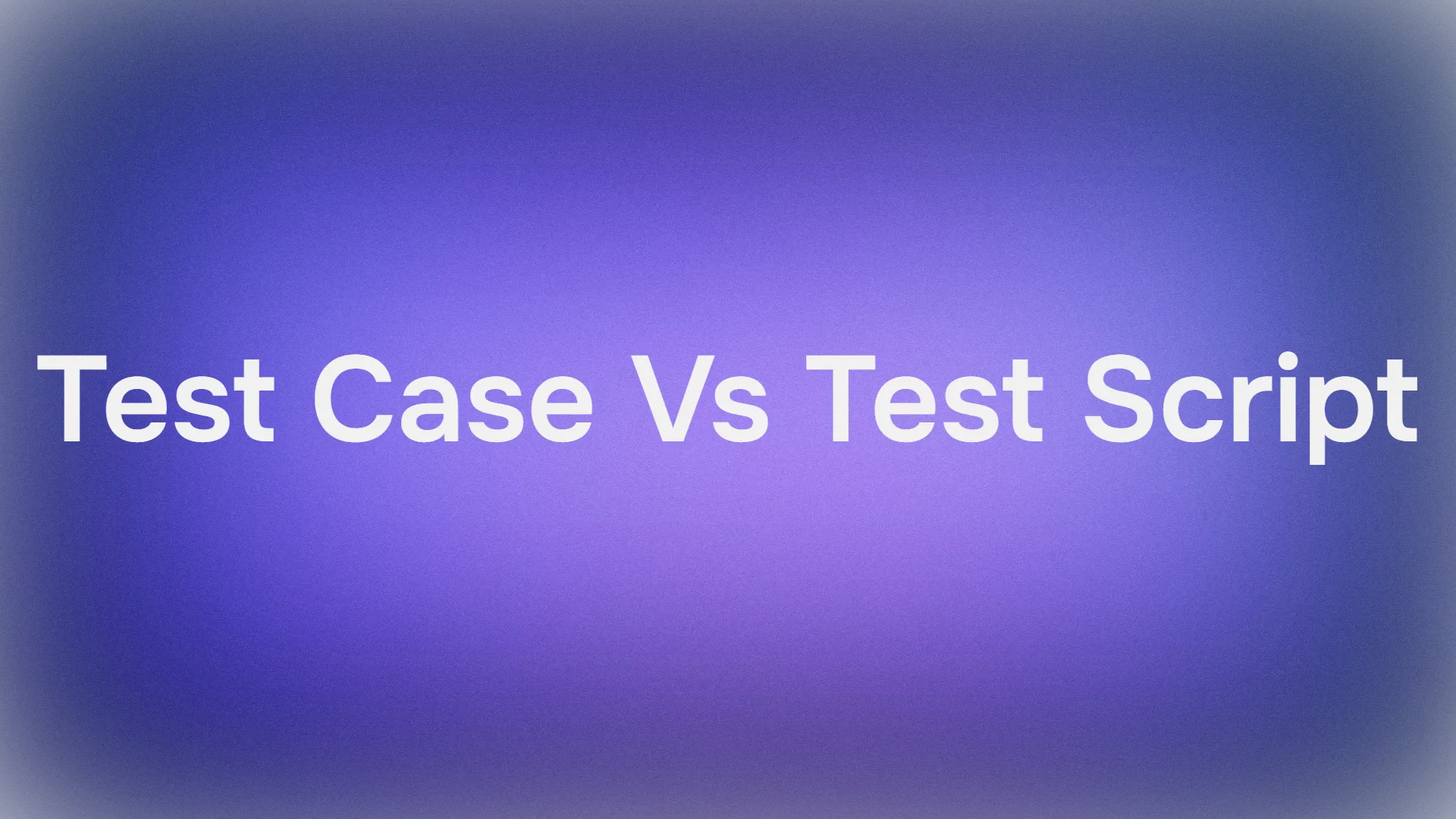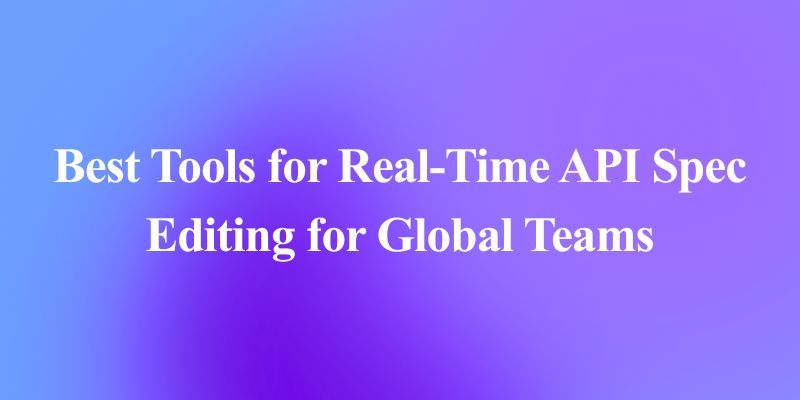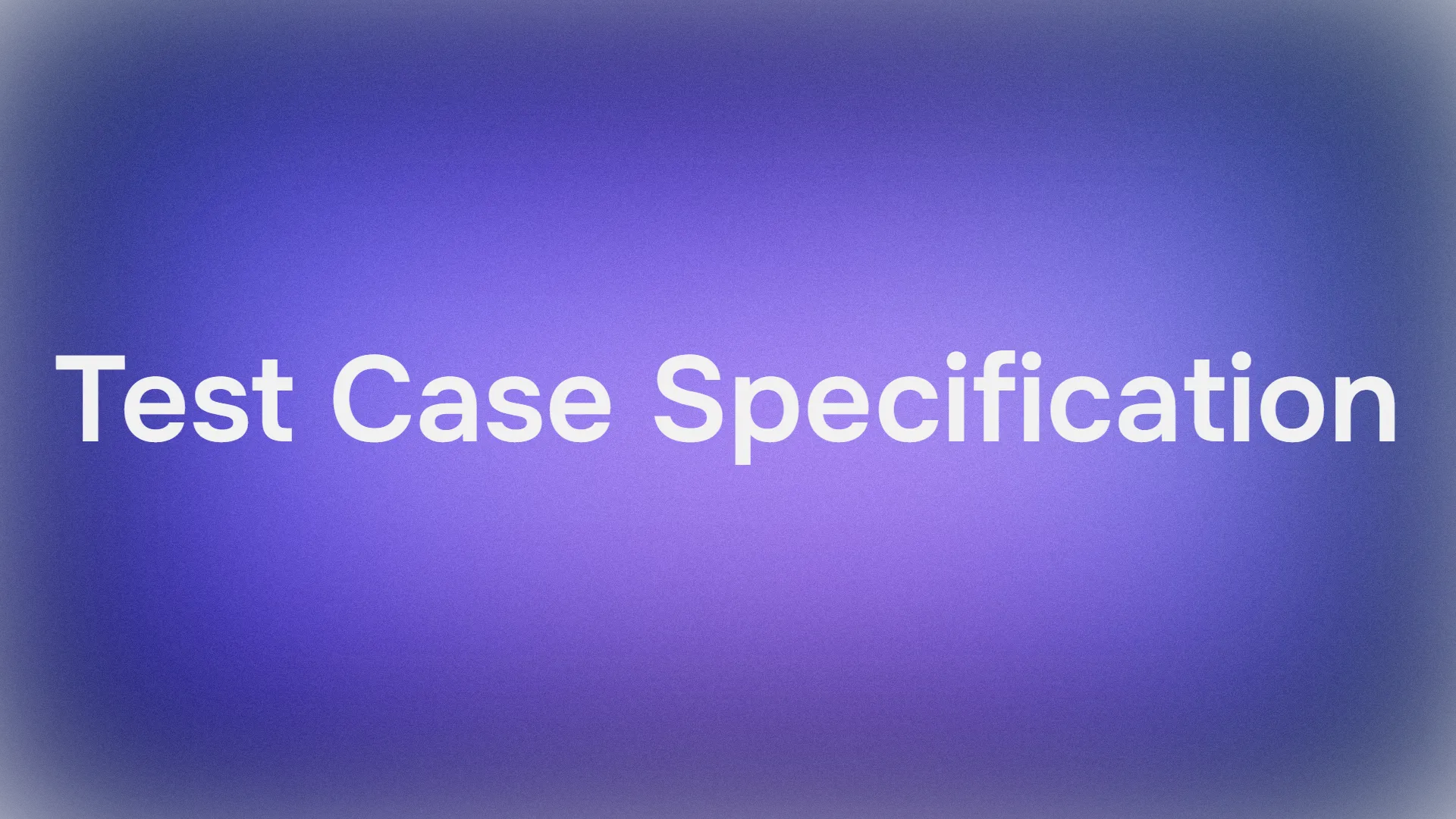Working with dates and times has long been a pain point for JavaScript developers. The native Date object, with its quirks and limitations, has pushed many developers toward third-party libraries like Moment.js or date-fns. However, the TC39 committee (responsible for evolving JavaScript) has been working on a solution: the Temporal API. This comprehensive, modern approach to date and time handling promises to solve the longstanding issues with JavaScript's temporal operations.
The Problem with JavaScript's Date Object
Before diving into the Temporal API, it's important to understand the limitations of the current Date object:
- Mutable state: Date objects can be modified in place, leading to unexpected side effects
- Limited functionality: Simple operations like adding days or comparing dates require complex code
- String parsing inconsistencies: Date parsing from strings is notoriously unreliable across browsers
- No timezone support: Poor handling of timezones beyond UTC and local time
- Gregorian calendar only: No support for other calendar systems
- Confusing API: Methods like
getMonth()returning zero-indexed values (0-11 instead of 1-12)
These issues have made working with dates in JavaScript error-prone and frustrating, leading to the widespread adoption of third-party libraries.
Introducing the Temporal API
The Temporal API is a proposed addition to JavaScript that provides a modern, comprehensive solution for working with dates and times. It's designed as a global object (Temporal) that acts as a top-level namespace (similar to the Math object), containing various classes for different date and time operations.
The key principles behind the Temporal API include:
- Immutability: All Temporal objects are immutable, eliminating side effects
- Clarity: Clear separation between different types of date/time concepts
- Timezone support: First-class support for all timezones, including DST-safe arithmetic
- Multiple calendar systems: Support for non-Gregorian calendars
- Precision: Nanosecond precision for time calculations
- Consistency: Standardized parsing and formatting
Key Data Types in Temporal API
The Temporal API introduces several specialized classes to handle different aspects of date and time:
Plain Data Types (Without Timezone Information)
- Temporal.PlainDate: Represents a calendar date (e.g., August 24, 2006) without time or timezone information
- Temporal.PlainTime: Represents wall-clock time (e.g., 7:39 PM) without date or timezone
- Temporal.PlainDateTime: Combines date and wall-clock time without timezone information
- Temporal.PlainYearMonth: Represents a specific year and month (e.g., October 2020)
- Temporal.PlainMonthDay: Represents a month and day without year (e.g., July 14)
Zoned Data Types (With Timezone Information)
- Temporal.ZonedDateTime: A timezone-aware, calendar-aware date/time object representing a real event at a particular time from the perspective of a particular region
- Temporal.Instant: Represents a fixed point in time (exact time), without regard to calendar or location
Additional Types
- Temporal.Duration: Expresses a length of time (e.g., 5 minutes and 30 seconds)
- Temporal.TimeZone: Represents a timezone and provides conversion methods
- Temporal.Calendar: Represents a calendar system
Working with the Temporal API
Creating Temporal Objects
The Temporal API provides several ways to create objects:
// Getting the current date and time
const now = Temporal.Now.plainDateTimeISO();
console.log(now.toString()); // e.g., 2023-08-24T14:30:45.123456789
// Just the date
const today = Temporal.Now.plainDateISO();
console.log(today.toString()); // e.g., 2023-08-24
// Just the time
const currentTime = Temporal.Now.plainTimeISO();
console.log(currentTime.toString()); // e.g., 14:30:45.123456789
// Creating objects from components
const date = Temporal.PlainDate.from({ year: 2023, month: 8, day: 24 });
const time = Temporal.PlainTime.from({ hour: 14, minute: 30, second: 45 });
const dateTime = Temporal.PlainDateTime.from({
year: 2023,
month: 8,
day: 24,
hour: 14,
minute: 30,
second: 45
});
// Creating from ISO strings
const dateFromString = Temporal.PlainDate.from("2023-08-24");
const timeFromString = Temporal.PlainTime.from("14:30:45");
const dateTimeFromString = Temporal.PlainDateTime.from("2023-08-24T14:30:45");
Working with Timezones
The Temporal API makes working with timezones much easier:
// Current time in the local timezone
const localTime = Temporal.Now.zonedDateTimeISO();
console.log(localTime.toString());
// e.g., 2023-08-24T14:30:45+01:00[Europe/London]
// Current time in a specific timezone
const tokyoTime = Temporal.Now.zonedDateTimeISO("Asia/Tokyo");
console.log(tokyoTime.toString());
// e.g., 2023-08-24T22:30:45+09:00[Asia/Tokyo]
// Converting between timezones
const nyTime = localTime.withTimeZone("America/New_York");
console.log(nyTime.toString());
// e.g., 2023-08-24T09:30:45-04:00[America/New_York]
Date and Time Arithmetic
One of the most powerful features of the Temporal API is its intuitive arithmetic operations:
// Adding time
const tomorrow = today.add({ days: 1 });
const nextWeek = today.add({ days: 7 });
const twoHoursLater = currentTime.add({ hours: 2 });
// Subtracting time
const yesterday = today.subtract({ days: 1 });
const lastWeek = today.subtract({ days: 7 });
const twoHoursEarlier = currentTime.subtract({ hours: 2 });
// Working with durations
const duration = Temporal.Duration.from({ hours: 2, minutes: 30 });
const laterTime = currentTime.add(duration);
// Finding the difference between two dates
const date1 = Temporal.PlainDate.from("2023-01-01");
const date2 = Temporal.PlainDate.from("2023-08-24");
const difference = date1.until(date2);
console.log(difference.toString()); // P236D (ISO 8601 duration format)
console.log(difference.days); // 236
Modifying Components with "with"
The Temporal API provides a clean way to create new objects with modified components:
// Changing the year of a date
const nextYear = date.with({ year: date.year + 1 });
// Setting specific components
const newDateTime = dateTime.with({ hour: 12, minute: 0, second: 0 });
console.log(newDateTime.toString()); // 2023-08-24T12:00:00
Comparing Temporal Objects
The API provides intuitive comparison methods:
const date1 = Temporal.PlainDate.from("2023-08-24");
const date2 = Temporal.PlainDate.from("2023-09-15");
console.log(date1.equals(date2)); // false
console.log(date1.equals(date1)); // true
console.log(date1.before(date2)); // true
console.log(date1.after(date2)); // false
console.log(date1.since(date2).days); // -22
Handling DST and Ambiguous Times
The Temporal API elegantly handles the complexities of Daylight Saving Time transitions:
// Creating a time that falls during a DST transition
const dstTime = Temporal.ZonedDateTime.from({
timeZone: "America/New_York",
year: 2023,
month: 11,
day: 5,
hour: 1,
minute: 30
});
// The API allows you to specify how to handle ambiguous times
const dstTimeExact = Temporal.ZonedDateTime.from({
timeZone: "America/New_York",
year: 2023,
month: 11,
day: 5,
hour: 1,
minute: 30,
disambiguation: "earlier" // Options: 'earlier', 'later', 'compatible', 'reject'
});
Support for Non-Gregorian Calendars
Unlike the Date object, the Temporal API supports multiple calendar systems:
// Creating a date in the Hebrew calendar
const hebrewDate = Temporal.PlainDate.from({
year: 5783,
month: 5,
day: 15,
calendar: "hebrew"
});
// Converting between calendar systems
const gregorianDate = hebrewDate.withCalendar("iso8601");
Parsing and Formatting
The Temporal API provides built-in methods for parsing and formatting:
// Parsing from strings
const date = Temporal.PlainDate.from("2023-08-24");
// Custom formatting
const options = {
year: 'numeric',
month: 'long',
day: 'numeric'
};
console.log(date.toLocaleString("en-US", options)); // August 24, 2023
Current Status and Browser Support
As of writing, the Temporal API is at Stage 3 in the TC39 proposal process, which means it's close to being finalized but not yet part of the official ECMAScript standard. While native browser support is still pending, developers can use polyfills like @js-temporal/polyfill to start using this API today:
// Installing the polyfill
// npm install @js-temporal/polyfill
// Using in your code
import { Temporal } from "@js-temporal/polyfill";
const now = Temporal.Now.plainDateTimeISO();
Conclusion
The Temporal API represents a significant improvement in JavaScript's date and time handling capabilities. By addressing the longstanding issues with the Date object and providing a comprehensive, intuitive API, it promises to make working with temporal concepts in JavaScript much more pleasant and less error-prone.
Key benefits of the Temporal API include:
- Immutability: All operations return new objects, preventing side effects
- Clarity: Clear distinction between different types of dates and times
- Comprehensive: Covers everything from simple dates to complex timezone-aware operations
- Intuitive: Methods like
add(),subtract(), andwith()make common operations straightforward - Precise: Supports nanosecond precision
- Global: Support for multiple timezones and calendar systems
While we wait for browsers to implement this API natively, the polyfill allows developers to start benefiting from these improvements today. As web applications continue to become more global and time-sensitive, the Temporal API will undoubtedly become an essential tool in every JavaScript developer's toolkit, finally putting an end to the need for external libraries for basic date and time operations.
By embracing the Temporal API, developers can write cleaner, more maintainable code that correctly handles the complexities of dates, times, and timezones, resulting in better user experiences across the globe.



